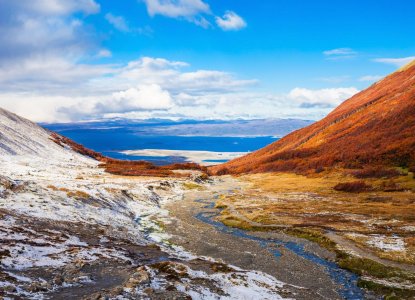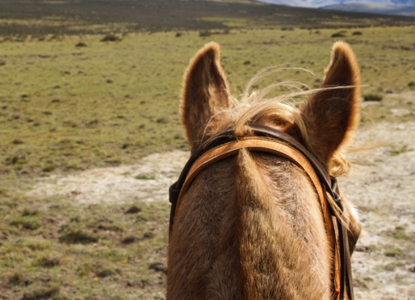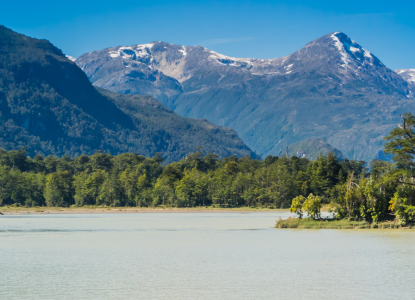What to Pack for Patagonia
One of the world’s most rugged, beautiful, and awe-inspiring destinations, an adventure to Patagonia is a dream come true for anyone who loves the outdoors. However, with extreme elevation changes and famously unpredictable weather, what should you pack for Patagonia?If you’re planning a trip to Pat
Read More







